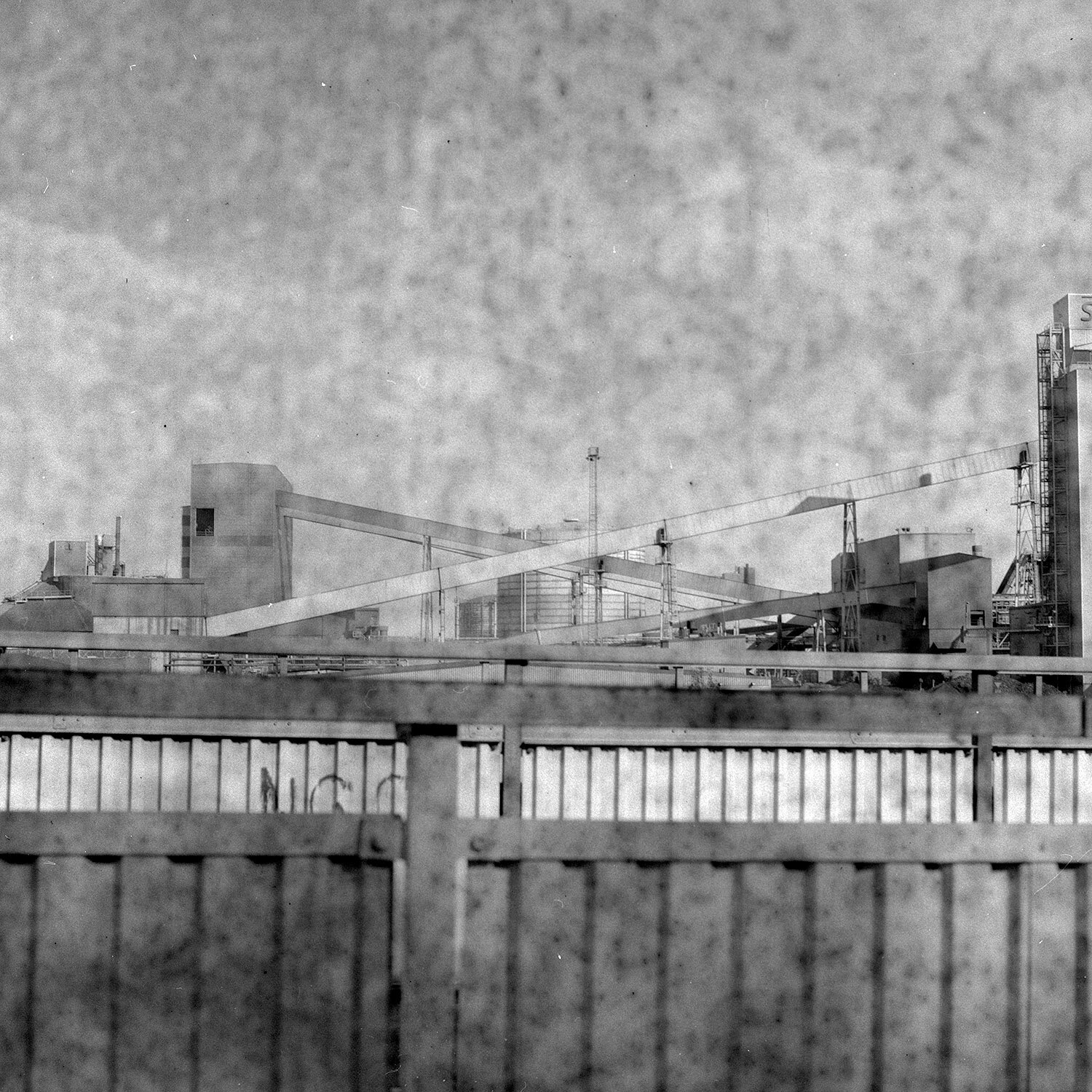Lucky SHD100 is one of those Chinese films that you can sometimes find really cheap. When I was in Bejing a few years ago it cost 2USD a roll in a film shop (that was unfortunately closed when I was going there to buy some).
It has in general a bad reputation, due to lacking quality control and probably due to it being a Chinese made emulsion.
The history of the Lucky brand, and its company, Lucky Group Corporation, is a bit difficult to find good information about. Based on their web site, it seems they are doing mostly B2B stuff. Their English site is pretty thin on information, but if you use Google Translate on the Chinese site you can find more information.
Here is a list of their product categories
I found this piece of information on the English site:
China Lucky Group Corporation (herein after referred to as “China Lucky”) is the wholly-owned subsidiary of China Aerospace Science and Technology Corporation. China Lucky, formerly known as Baoding Cinefilm Manufacturing Factory was founded in 1958.
China Aerospace Science and Technology Corporation is a state-owned corporation for the Chinese space program, so my guess is that whatever knowhow China Lucky had, was crucial for the Chinese space program so they just “bought” it. It is not a small company, according to the Chinese site:
The annual production capacity of silver salt film is 20 million square meters
1 square meter of film is around 17 rolls of 135/35 film, so I think just a small fraction of that coating is 35mm film for cameras. My guess is that most of it is X-ray film.
This is what they say about SHD100 themselves:
Lucky's new generation SHD100 is a full-color medium-speed black and white film with high definition and large latitude. It has good physical and mechanical properties, can meet the requirements of use under high temperature and high humidity conditions, and has strong anti-adhesion and scratch resistance. Widely used in indoor and outdoor professional and amateur photography, such as portrait photography, advertising photography and other artistic creation photography, landscape and travel photography. The use of a new type of silver halide grain emulsion enables the film negative to be magnified at large magnifications and still achieve excellent clarity and ultra-fine grain effect. With Lucky black and white painted statues or other similar photographic papers, good results can be obtained.
Alright, enough back story. I’ve shot 3 rolls of the stuff, recently expired, refrigerator stored. My general feeling is that this is s a very good film for the price. Much better than all the Agfa Aviphot rebrands that are circulating these days. Dare I say, better than Fomapan too. I shot all rolls at box speed and I think that’s a pretty accurate speed for this film. Maybe go down to EI 80, and reduce the development time a tiny bit. The highlights can block up pretty easily.
The main downside to this emulsion is that the anti-halo layer is really weak. Bright skies will give a halo in areas of high contrast. That might be part of the charm in some cases though.
Here is an example of what I am talking about:
Lucky SHD100, Pentax LX, SMC-M50/1.4, Adox FX-39 II, 12min 20c
Something that is positive is that this film is actually pretty sharp. I thought the results were particularly good in FX-39. The grain is not “in your face” but it has a very nice pop to it in areas with lots of micro-contrast. Example of this is here, if you look at the dogs fur:
Lucky SHD100, Pentax LX, SMC-M50/1.4, Adox FX-39 II, 12min 20c
Here are some more example shots. First two are with an Lomo LC-a and the rest of them are with a Canonet G3 QL19. All developed in XTOL 1+1 for 8min. I’d say that the XTOL time was a little on the low side and my FX-39 1+19 time of 12min was a little on the long side. I would probably increase the XTOL time with 30-60sek and reduce the FX39 1+19 time with the same amount, next time I develop this film.
If I ever come across this film for 2-3USD/pcs again, I would not hesitate to buy a brick or two. This is an excellent low-cost film for every day shots. The three rolls I have shot had zero defects or quality issues. There is very very little base fog in my rolls, no weird scratches, nothing like that. It seems though that Lucky does coating runs quite rarely, and you never know when you can get hold of any. Macodirect sometimes has some, but with a quite steep markup compared to getting it locally in Asia, at 5€/pcs.
There exists also a Lucky SHD400, but it is very rare. I have never seen any rolls of it for sale, anywhere. With the current film resurgence, let’s hope Lucky start doing more coating runs and maybe reintroduce the 400 speed film.
Alright, that is it for this time. Let me know if you have any questions, and please take a look at the shop if you find something you like.






























































